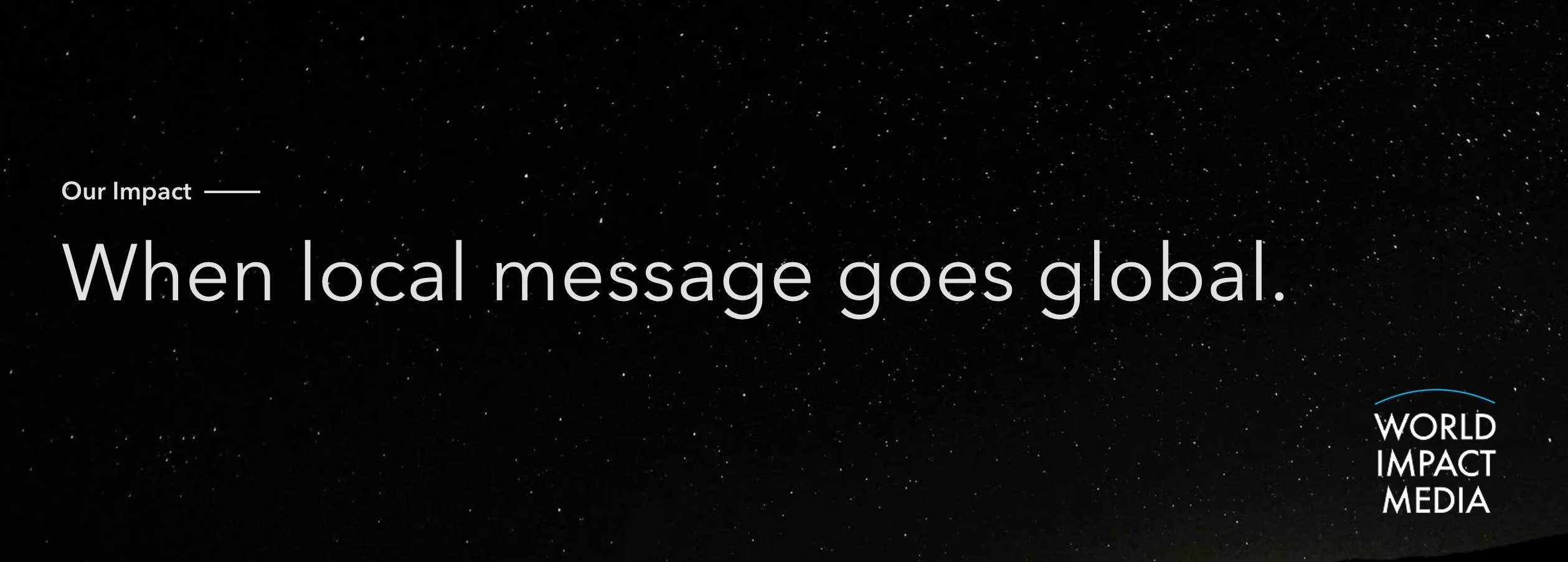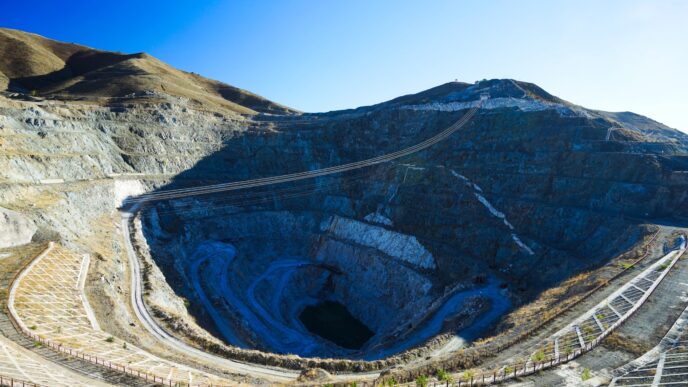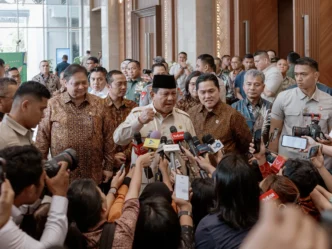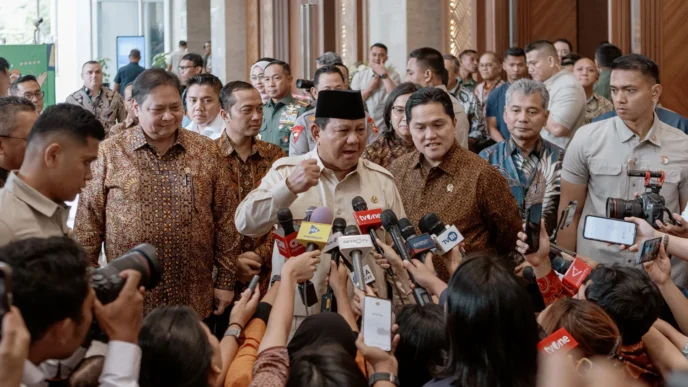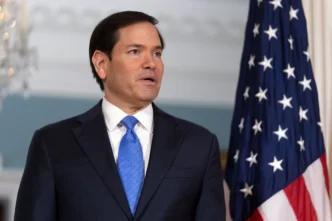Bank of America has revised its 2025 U.S. economic outlook, warning that the country is headed toward a period of stagflation—sluggish growth combined with persistent inflation—rather than a traditional recession. The bank’s economists say they no longer expect the Federal Reserve to cut interest rates this year, citing two specific policy proposals from former President Donald Trump as primary drivers of their forecast.
According to the report, Trump’s plans to impose sweeping tariffs on imports and extend major tax cuts could simultaneously push prices higher while limiting overall economic growth. These two policies, Bank of America argues, would create inflationary pressure that the Fed would be forced to counter by keeping interest rates elevated well into 2026.
Tariffs Seen as Inflationary Shock
Trump has pledged to introduce a 10% tariff on all imports and up to 60% tariffs on goods from China, a move designed to boost domestic manufacturing and reduce reliance on foreign supply chains. While politically popular among some voters, economists say these tariffs would immediately increase the price of imported goods—from electronics and clothing to cars and industrial equipment—filtering into higher overall inflation.
“Tariffs operate like a tax on consumers,” said Michael Gapen, chief U.S. economist at Bank of America. “They may protect certain industries in the short term, but the broader effect is higher prices across the board.”
Tax Cuts Could Keep Economy Running Hot
The second factor driving BofA’s stagflation warning is Trump’s intention to extend and expand the 2017 tax cuts, which are set to expire in 2025. While these tax reductions could stimulate consumer spending and corporate investment, they also risk overheating the economy at a time when inflation is already above the Fed’s 2% target.
“Tax cuts without matching spending reductions will pump more demand into an economy that’s already supply-constrained,” Gapen said. “That’s a recipe for sticky inflation.”
No Fed Pivot in Sight
Before Trump’s policy announcements, Bank of America had forecast two rate cuts in late 2025, assuming inflation would cool as supply chains stabilized and labor markets softened. Now, the bank expects no rate cuts this year and warns that interest rates could remain “restrictively high” for longer than markets anticipate.
The Fed’s benchmark interest rate is currently in the 5.25–5.50% range—its highest level in more than two decades. Higher rates tend to slow borrowing, investment, and hiring, but they also curb inflation by dampening demand.
Political and Market Implications
Wall Street has already begun to adjust its expectations. Treasury yields rose slightly following BofA’s note, reflecting the possibility of prolonged high rates. Meanwhile, equity markets showed mixed reactions: domestic manufacturing stocks got a modest boost on tariff optimism, while consumer discretionary shares—particularly retailers—fell on concerns about higher prices and weaker demand.
The stagflation scenario poses a challenge for both policymakers and investors. Unlike recessions, which can often be countered with rate cuts and stimulus spending, stagflation limits the Fed’s ability to support growth without fueling more inflation.
If Trump’s policies are enacted, Bank of America predicts GDP growth could slow to around 1.2% in 2025, with inflation staying in the 3.5%–4% range—well above target.
“The next administration will inherit an economy that’s in a delicate balance,” Gapen concluded. “The wrong combination of policies could tilt it into stagflation, which is much harder to fix than a mild downturn.”



